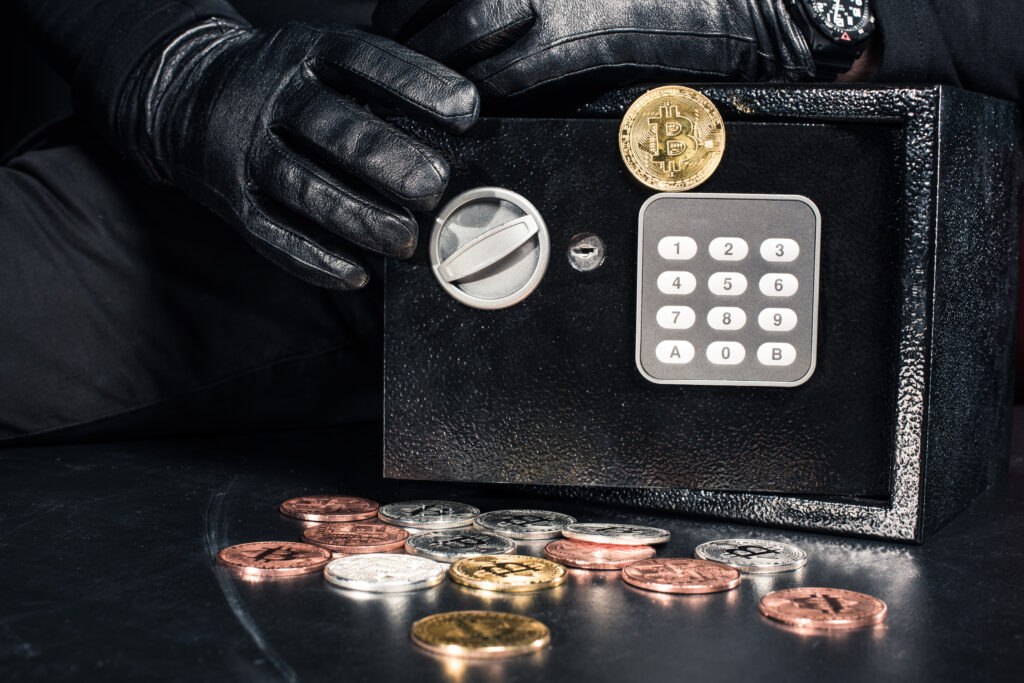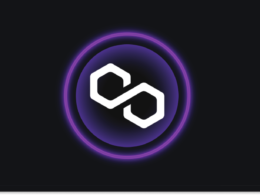While staking can be a lucrative way to make passive income, it carries risks. After all, there are no such things as risk-free investments. This post will delve into what staking is, its potential benefits, and the risks it carries.
What is Staking?

Staking is a process where users commit their crypto to support and secure a Proof-of-Stake (PoS) blockchain and confirm transactions. PoS is a consensus mechanism used to determine which transactions are valid and which aren’t, and is an alternative to the Proof-of-Work (PoW) consensus mechanism used by Bitcoin.
If you are completely new to staking, here are some things all beginners should know before starting to stake.
How Does Staking Work?
Stakers commit their crypto to become validators. Their role is similar to miners to order transactions and mint new blocks in a process known as forging. The user’s nodes choose and forge new blocks and check if the transaction is valid, then sign them and add them to the blockchain. Stakers who successfully forge new blocks are rewarded with network transaction fees.
What Are the Pros of Staking?
Staking has a lower barrier to entry when compared to mining. All you really need are a laptop, an internet connection and some crypto tokens to stake. This makes it significantly cheaper than mining as it doesn’t require hefty energy bills or a complex mining rig. This makes it all the more easier to start earning passive income using your crypto without massive startup costs.
What Are the Risks of Staking?

When it comes to money, safety should always be a priority. And unfortunately, with an emerging sector like DeFi, that’s often overlooked. As with any investment, it always pays to do your own research (DYOR) before putting your money with any fund or entity. If something is too good to be true, it often is.
That said, staking does carry risks of its own. Here are the primary risks when it comes to staking crypto.
1. Slashing
Although validators are rewarded for successfully forging new blocks, misbehaving validators are also punished through a penalty known as “slashing”. Depending on the severity of the mistake, stakers can get their rewards cut or a significant portion of their crypto taken from them. Punishable acts include validators being offline or running modified software, among others.
2. Lock-up Periods
Staking typically involves relatively lengthy lock-up periods. This period can last from a few days to six months or more. This is risky because crypto is very volatile. Anyone who has been in the space has experienced movements as huge as 40% in a day. If the token you’re staking plummets in value and you’re still within the lock-up period, you will be forced to incur losses as you will not be able to sell your crypto.
3. Price Volatility
As mentioned in the previous point, crypto is a volatile commodity. Even if your staking rewards are 20%, if the price of your asset drops by 80%, you would have made a net loss. Even coins that are thought to be stable can experience unexpected turbulence. This is a point everyone staking crypto needs to remember.
4. 51% Attacks
Users should also look out for centralisation risk. Some networks only have a small group of validators to validate all transactions, as no precautions were put in place to avoid this, giving bad actors the opportunity to exploit the network. This is also known as 51% attacks. When a single person or entity owns at least 51% of staked tokens on a network, they can essentially exploit the network and keep the money for themselves as they can choose which transactions are valid or not. This gives them complete control over the transactions on the blockchain.
How to Stake Safely?

Fortunately, there are ways to mitigate all those nasty risks when choosing a staking service provider.
Here’s a list of things to look out for:
- Reputation — Check online for reviews and satisfied customers to make sure the staking provider has a good reputation in the marketplace.
- Security — Take the necessary precautions to assure that the company has a good security protocol. Check for articles about any security breaches or irregularities.
- Fees and lockup periods — Lookout for fees and additional charges incurred when withdrawing your funds from the staking platform. Also, remember to check the lock-up period and ensure you are comfortable with it.
- Payment Methods — Some platforms may not have payment methods that fit your needs, so always double-check.
- Customer Service — Money isn’t a joke, look for platforms with great customer service
A great way to start staking your favourite cryptocurrencies is the RockX staking service. Currently supporting staking for major PoS chains such as DOT, ROSE, LUNA, KSM, IOTX, SOL, ETH 2.0 and more, passive income has never been so easy.
RockX is a well-known company in the staking space and has consistently stellar validator performance, having never been slashed before so you can stake with RockX with peace of mind. With top-notch security hardware and software, you can trust that your funds are in safe hands.









